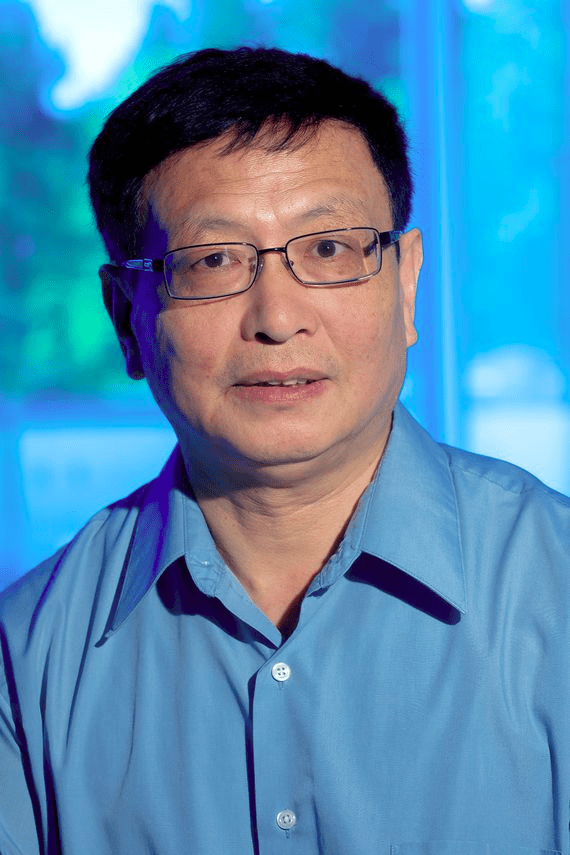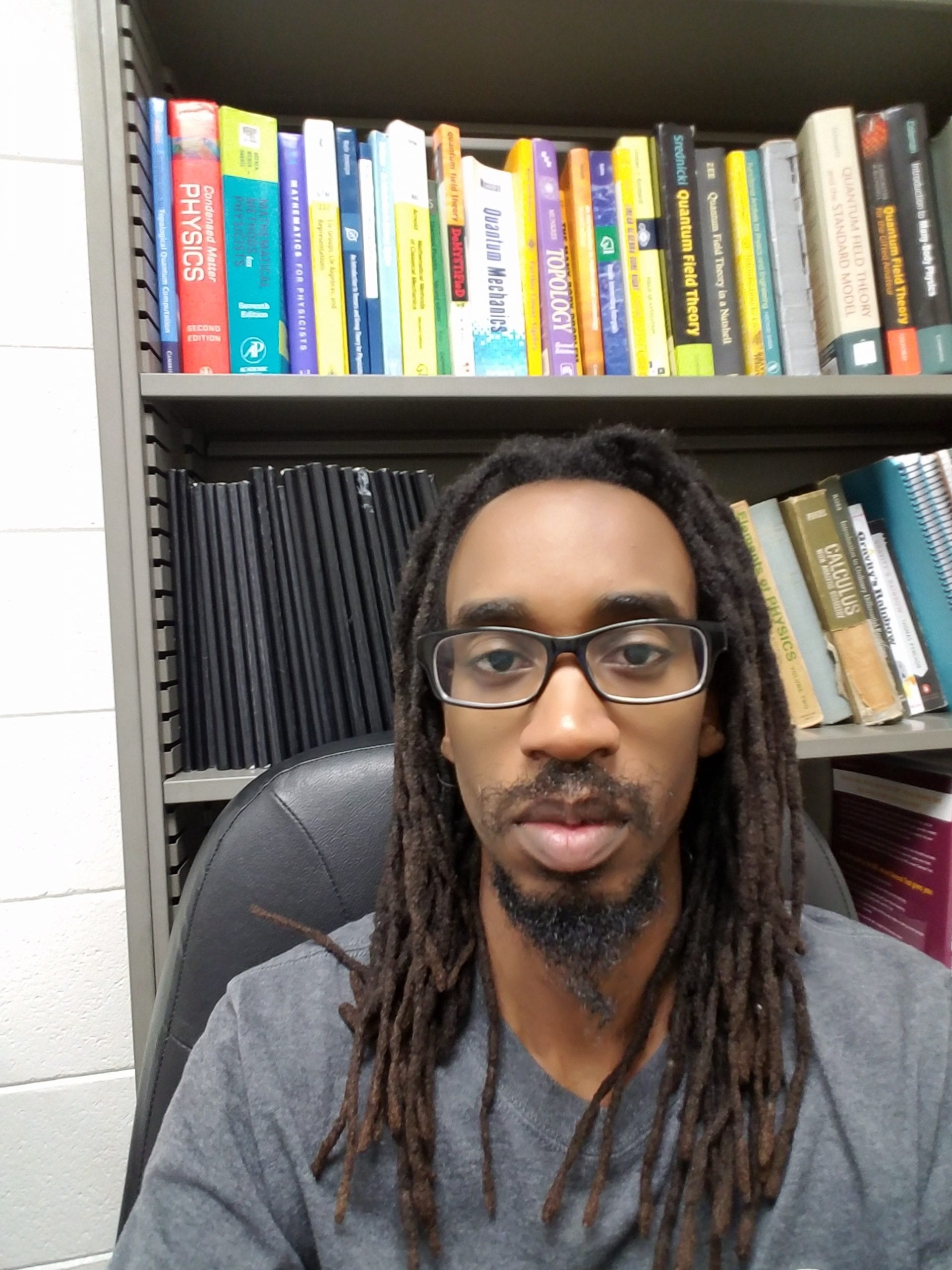In May 2013, a paper was received by the Annals of Mathematics. There were three things unusual about the event: first the author was completely unknown. Second, it claimed to prove a theorem that no one thought would be amenable to prove within a generation. Lastly, relatively speaking, the paper was pushed through the peer review process quite quickly (about three weeks).
Setting
What was the conjecture whose proof was announced? First, this was a well-known problem in number theory. Number theory is mostly concerned with the properties of numbers and special kinds of numbers that are solutions to certain equations. For example consider the following: can you find all the integer solutions to x2 + 7y2 =1 ? Or, can you write down a formula for all the odd square numbers? Of course these two problems are quite simple and their solutions are known. A more famous and notoriously difficult problem in number theory is the twin prime conjecture. This conjecture first explicitly appears in Alphonse de Polignac's work in 1849. The conjecture is very easy to state and ridiculously hard to prove, and here it is…
There are infinitely many prime numbers pn+1 and pn such that pn+1 – pn =2 where pn+1 is the (n+1)th prime number and pn is the nth prime number
We already know there are infinitely many primes; this was proved by Euclid. This conjecture says more than that. It says no matter how far you go into the primes you will always be able to find a pair of prime numbers (pn, pn+1) that differ only by 2 . Here are simple examples: (3,5), (5,7), (11,13), (17,19).
This is not at all obvious since the prime numbers become less dense as you go to infinity, i.e. finding a prime number becomes harder and harder the longer you search. We know this from the prime number theorem. The twin prime conjecture so far has resisted proof and so mathematicians formulated a simpler conjecture that gives one more confidence is that the twin prime conjecture is true. The simpler conjecture is the following:
There are infinitely many primes pn+1 and pn such that pn+1 - pn = c < ∞
In other words, rather than picking the difference between pn+1 and pn to be 2, we can choose any constant, call it c, for which there are infinitely many pairs of primes (pn+1, pn) such that pn+1 – pn =c and more importantly c is finite, hence less than infinity. It was unknown since the mid 19th century whether such a constant exists. Imagine if you are a scientist or engineer, it is probably good enough to build some machine that finds these pairs and constants as you need them. However, suppose your machine has been running for one month and still has not found any new pair, should you quit or is it worth going on for the next month? How do you know you have found all there is to find? That's where a mathematician steps in. A mathematician's job is to give a logical argument that ensures that either the wait is justified or the wait has to come to an end.
The Man
Yitang Zhang, was born in China but moved to Purdue University to pursue his graduate work. For his thesis, his advisor gave him a hard conjecture to prove (which still remains unproven) called the Jacobian conjecture. In his work he showed that the method used by his advisor in previous work could not work. His advisor was angry about this and refused to write him a recommendation letter. Yitang Zhang left with his PhD in 1991 and with no published papers. This ensured that his time looking for an academic position would be horrible. Things got so bad that he lived in his car while initially looking for an academic position. He later got jobs as a motel worker in Kentucky, accountant and delivery boy for a New York restaurant. He finally got a job in 1999 as a lecturer at the University of New Hampshire where he taught introductory courses in Calculus.
In the early 2000’s, as an unknown mathematician he began to think about the simplified conjecture mentioned above. The breakthrough came in 2013 when Zhang was 58 years old when he sent out this 56 page tome to the Annals of Mathematics . He showed that there exists special pairs of primes where the constant, c, can be taken to be less than 70,000,000.

It’s all downhill from here…
An imposing fear on a mathematician is the idea that your best ideas come when you are in your twenties. Any appreciable time from then on is a slow and grinding slide into mediocrity and oblivion. A corollary of this is: if you can’t accomplish much when you are young then you are doomed once you pass a blurry line somewhere around the age of 30 to accomplishing little. One of the beautiful things about Yitang Zhang's story is how it serves as an example (certainly not the first, but perhaps the most famous) of a late bloomer. What’s very encouraging is how clearly hard work and determination played a crucial role in his success. There was a gap of 7 years between his graduation and an academic job and about 13 years between that job and his first paper. While it is quite clear Yitang Zhang is intellectually no slouch, he certainly didn’t rock the math world at 22. I like to think of Zhang as the cosmos’ love letter to the struggling graduate student.
Thanks to Zhang, we can now posit our conjecture applicable not to prime numbers but to life in general as follows:
Let P(t) be the probability of success at time, t, with P(t) being at least k times differentiable for k ≥ 1 for all t, t ∈ ℠and td being any personally relevant time then limt→td P(t) =1 with td ≥ t
I leave it to the learned reader to make sense of the above conjecture, and to the rest with sordid memories of calculus, the message is, “There is always hope.”
Featured image source: Byron Barrett via Flickr (unmodified)
About the author
 |
Amara Katabarwa is a PhD candidate in the Physics and Astronomy Department at the University of Georgia studying His research focus is understanding Decoherence in Quantum Circuits and near term application of first generation Quantum Computers. In his free time he likes to read or guiltlessly laze about. He can be contacted at akataba@uga.edu. |
About the Author
- athenssciencecafehttps://athensscienceobserver.com/author/athenssciencecafe/April 17, 2020
- athenssciencecafehttps://athensscienceobserver.com/author/athenssciencecafe/April 12, 2020
- athenssciencecafehttps://athensscienceobserver.com/author/athenssciencecafe/April 3, 2020
- athenssciencecafehttps://athensscienceobserver.com/author/athenssciencecafe/March 30, 2020







